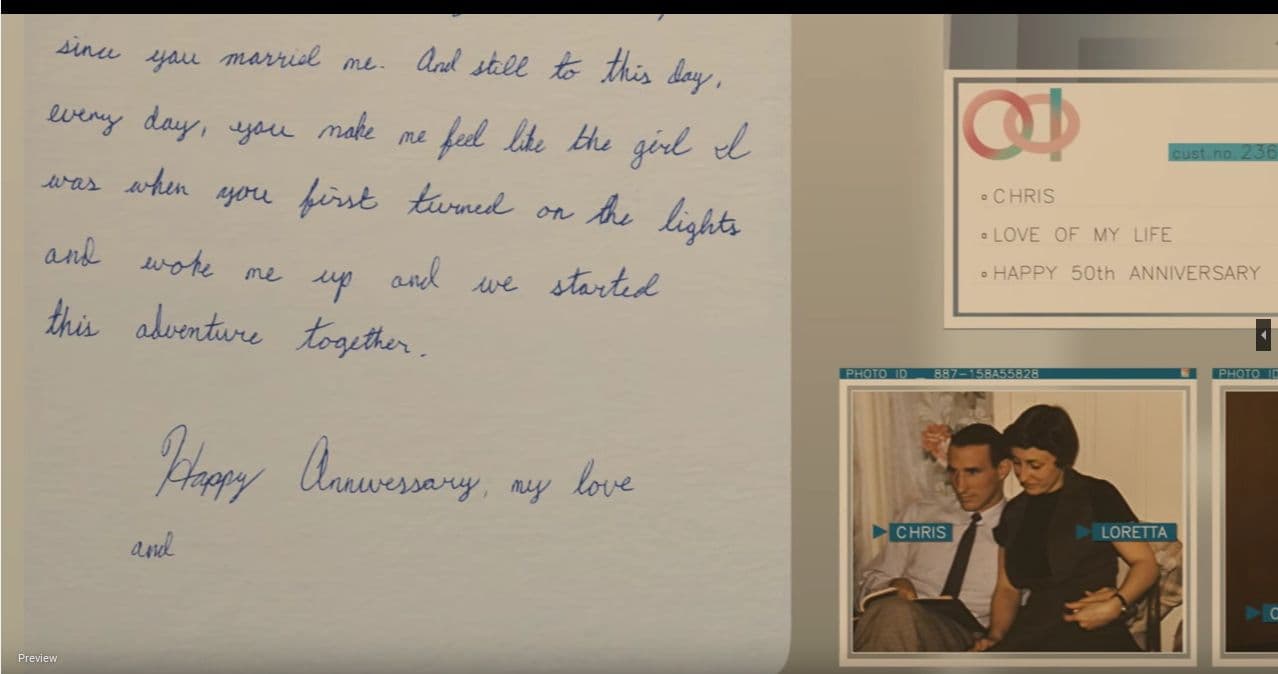The who: lack of sponsorship
Sometimes the strongest appetite to change comes not from the top, but from functional leaders. This isn't all that surprising - they're the folks on the ground charged with making stuff happen after all – so they often have proximity to the things that aren't going right, or opportunities to improve.
Our experience however is that operating models can be abstract and complex beasts to change. Simply, it's easier not to change, or to change in only limited ways.
To make operating model change happen takes senior sponsorship – someone, or a group of very senior leaders – who really want to see the change happen, and will stay with the process over time. One of our most successful pieces of TOM work in 2023 worked because the CEO really bought into the TOM as a key project – she stayed with it throughout and referred to it in her regular company-wide briefings and updates. This gave the project the visibility it needed to be a success, and showed everyone that they were expected to follow – and do! – it.
The why: disconnect from strategy/vision
Unless you can clearly see a gap between the current state (existing or implied TOM) and the target, it's going to be hard to get anyone to sit up and pay attention. It needs to be clear what problem a new or revised TOM is solving to, and how this TOM will fix the problem.
We've recently been working with a leading hospitality brand to connect their offline and online customer experiences into one consistent, compelling omnichannel strategy. One of the key components of the change they're making is to their operating model - the set of processes, behaviours and capabilities to consistently measure and coordinate activities across multiple workstreams and divisions – something they've not needed to do before. So we've spent time with them making this connection between strategy and operating model really explicit – it's much broader than just about changing reporting lines.
The when: trying to do it all at once
When introducing change, there's a balance to strike. Too incremental and tentative and the risk is that it either won't have sufficient impact or will run out of steam.
But too bold and revolutionary and you risk alienating teams, causing confusion or even panic & chaos. Our experience has been that to get this balance right operating model change should be led by an internal working group that spans the organisation. They need to have sufficient visibility (often created thorugh the sponsorship of a senior leader, as above), and their work needs to feel sufficiently valuable.
Through 2023 we've been supporting and coaching an operating model working group within one of our clients. The approach we have landed on has been influenced by Kim Scott's Radical Candour. The working group broke the changes they wanted to introduce into chapters. Each chapter is first piloted then their findings shared really widely - their objective has been to show humility and to promote a test & learn culture, so it's been powerful for them to talk about and learn from failure, then to show iterative improvement - while all the time keeping a focus on the bigger picture.
One more thing: is operating model the right term?
In one of my first client-side roles we were really excited to be working with one of the big 5 consultancies on a new target operating model. Before the project started there was a real buzz that the top brass had decided to invest so heavily in the project, and that we would be working with them on it. What we quickly found once the project started however was that there was a mis match between what the consultants thought they were there to do, and what we knew was needed.
Recently we've been challenging ourselves to improve the clarity of our language, and remove as much jargon as possible, and it feels to us that the term 'operating model' may simply be too imprecise.
Talking to one of our clients recently about this problem, we have experimented with some simpler language – 'how we get stuff done', 'how we do things round here' – these kind of no-nonsense terms feel like they lower the barriers, and improve the clarity and purpose of the project.

